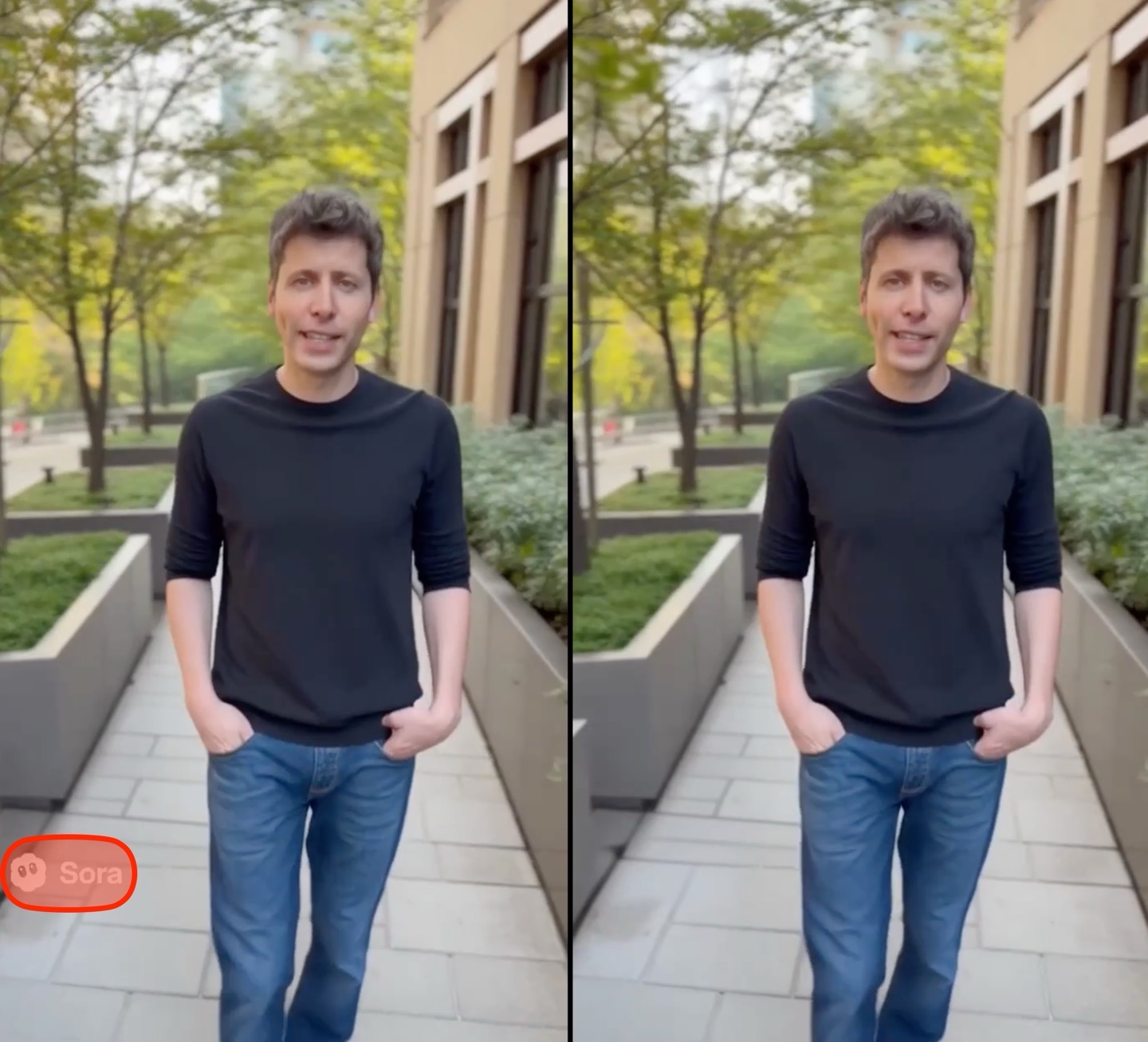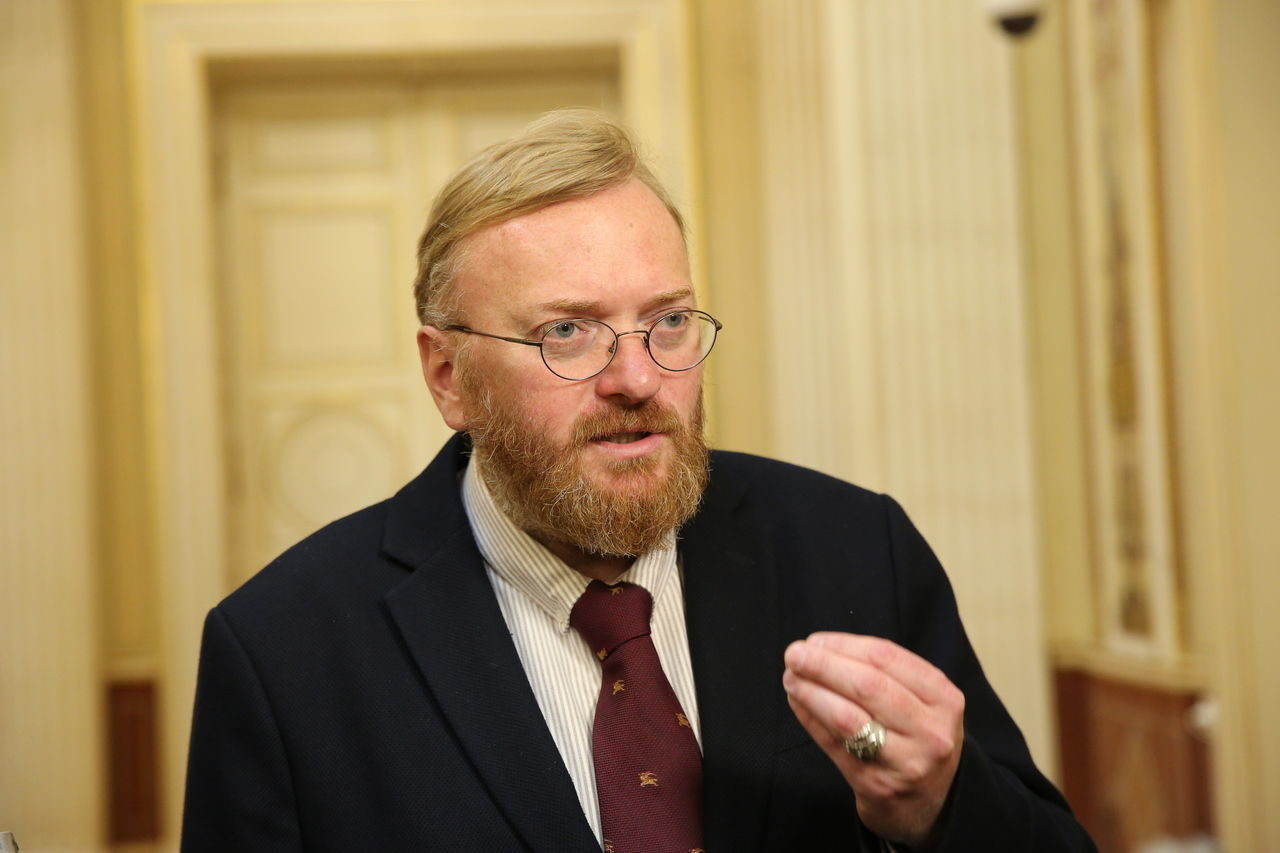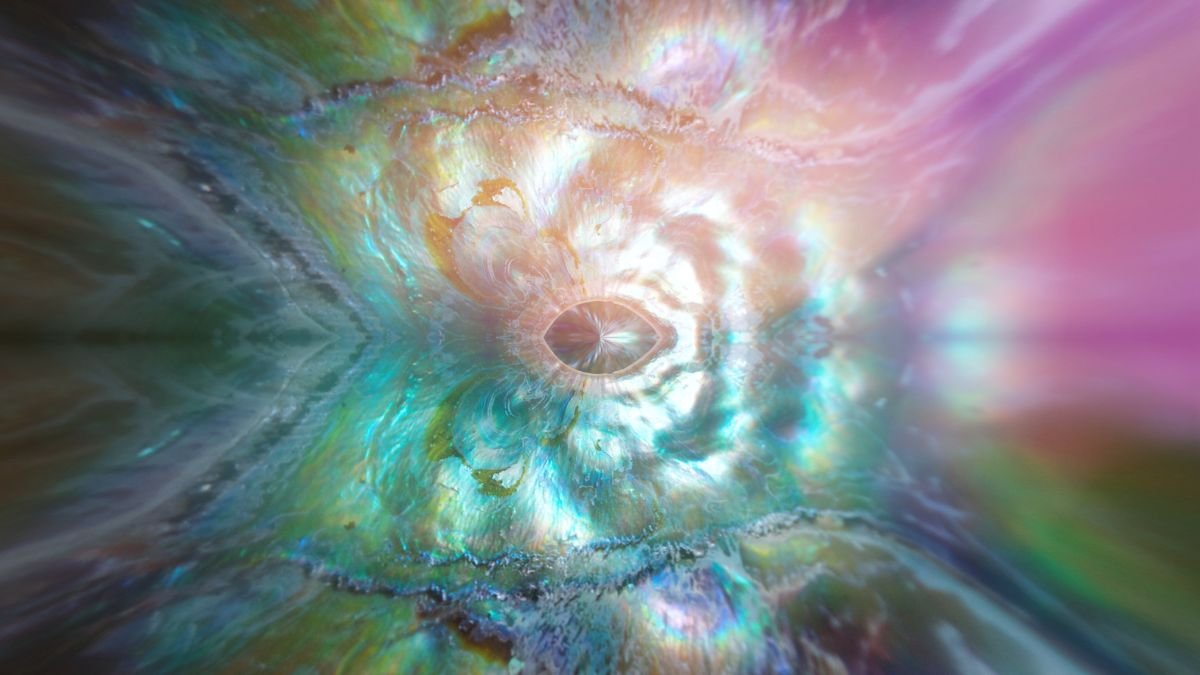In an experiment carried out at the Cold Atom Laboratory of the United States National Aeronautics and Space Administration (NASA) on the International Space Station (ISS), a quantum gas mixture was produced from two atoms. This is the first time the agency has carried out such a complex experiment in space; This is something that could make room for new quantum technologies.
Scientists from the University of Hannover (LUH) in Germany, in collaboration with the University of Rochester in the United States, were responsible for carrying out the theoretical calculations for the production of quantum gases.
The aim of the experiment is to provide astronomers with more information and possibilities to conduct more comprehensive studies of planets and help solve some of the great mysteries of the universe.
Quantum manipulation performed remotely by researchers on Earth and all future experiments in the Cold Atom laboratory will be carried out in the same way. Another goal is to understand the quantum behavior of atoms in the microgravity scenario, which differs from the set of rules established in the gravitational environment. Details about quantum gases were explained in a study published in the scientific journal Nature.
In any case, it is important to emphasize this. Quantum technologies are currently used in different areas such as smartphones, GPS and medical devices. Despite this, NASA’s innovation could contribute to the study of quantum properties of atoms and quantum chemistry, especially in microgravity conditions.
“For example, we now have completely new ways to test Einstein’s equivalence principle, one of the most fundamental assumptions of fundamental physics,” said Naceur Gaaloul, one of the co-authors and scientists at the Institute of Quantum Optics at LUH.
Quantum gases in space
First time, An experiment in microgravity managed to produce a quantum gas from two different types of atoms and manipulated the conditions to form Bose-Einstein condensates.. They accomplished this process by cooling a gas of atoms to temperatures close to absolute zero; Thus, the atoms in the environment where the temperature was so low began to behave as a single entity.
In addition to helping navigate between planets, work carried out in the ISS laboratory could also help scientists find more answers about dark energy. From high-precision gravity measurements, they can understand how to develop high-precision sensors to reveal the properties of dark energy and other fields of science.
“There are many things in fundamental physics where the presence of gravity actually limits the precision of the measurement you can make. Eliminating gravity allows you to take a much longer observation time for greater measurement accuracy and see subtle effects that may be masked by gravity. It makes sensors extremely sensitive to small rotations.” and we can use these cold atoms in the Bose-Einstein condensate to make gyroscopes,” said study leader and University of Rochester collaborator Nicholas Bigelow.
Did you like the content? So, stay up to date on science at TecMundo. If you want, read more about how the Bose-Einstein condensate explains the fifth state of matter.
Source: Tec Mundo
I’m Blaine Morgan, an experienced journalist and writer with over 8 years of experience in the tech industry. My expertise lies in writing about technology news and trends, covering everything from cutting-edge gadgets to emerging software developments. I’ve written for several leading publications including Gadget Onus where I am an author.












